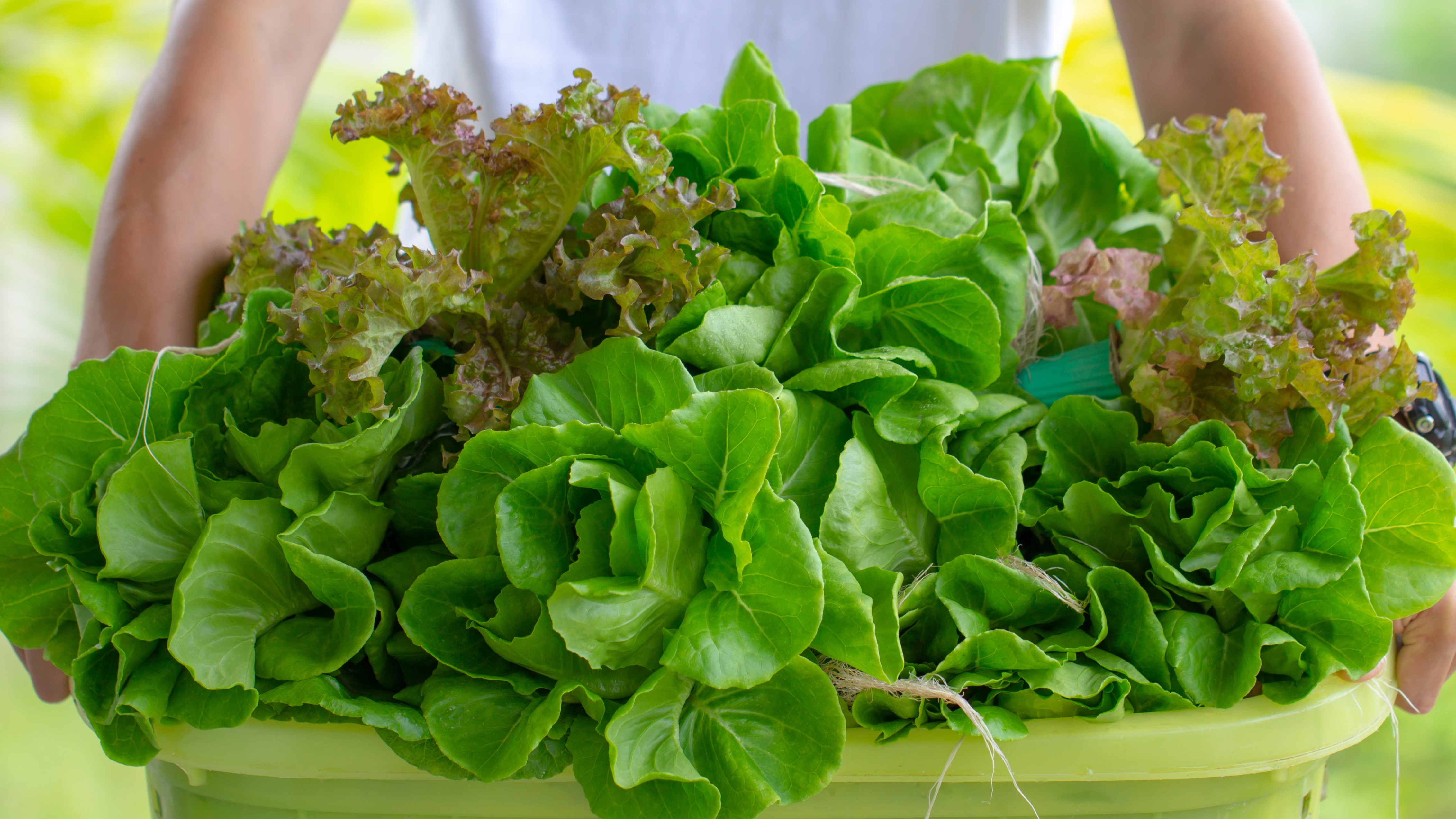From the Field to your Plate
Filling our grocery carts has never been more overwhelming. A chorus of noise in the eating world perpetuates confusion and doubt about how to fill our plates. Eating shouldn’t cause meal planning fatigue or grocery shopping anxiety. So how do we carve a path from the garden, the field, the pasture, the waterways that lead to our tables?
I was ten when I first developed a sense of agricultural basics. It was the summer of 1977, and the Eagles’ masterpiece Hotel California album blared through the first floor. My hippie, ponytailed dad assembled our dinner made entirely from in-season, locally sourced ingredients. Dad handed me a vintage colander and directed me to fill it with salad ingredients from our garden. I foraged our patch for carrots with wispy tops, plump tomatoes, stout cucumbers, and curling lettuces. Fresh crab cakes, the meat caught and picked by us, sizzled in the cast iron pan as Don Henley sang the final track of the iconic album.
Years turned into decades, and somewhere along the way we became less certain about how to conduct our eating life to optimize our health. More than an exercise in nostalgia, my narrative serves as a segue to a conversation we need around our tables.
Quieting the Chorus of Noise in the Eating World
For the most part, Americans have trouble figuring out what or how much to pile on our plates. So much food at our disposal, but we haven’t cracked the code on the best way to nourish our bodies. The American College of Lifestyle Medicine asserts that as a nation, “80% or more of all health-care spending is tied to the treatment of conditions rooted in poor lifestyle choices” like food habits.
Sometimes the supermarket feels more like a labyrinth. You can save yourself from getting lost down the aisles of processed foods by following the thread back to the field—where food begins.
Knowing How Food is Grown
In her enthralling narrative, Animal, Vegetable, Miracle, novelist Barbara Kingsolver suggests that “knowing how foods grow is to know how and when to look for them…absence of that knowledge has rendered us a nation of wary label-readers, oddly uneasy in our obligate relationship with the things we eat.”
One of the best ways to educate yourself about food is growing or raising your own. So, if you want to add a bit of agricultural vernacular to your conversation, remember that fruit and vegetables are grown; animals are raised.
This year, establish a garden the size of your kitchen table. As a novice gardener, you never want to go too big, so if your kitchen table occupies a vast portion of the room, then, by all means, downsize.
To leap into gardening action, you begin by deciding what you like to eat. Then take some time to stroll the aisles of roadside markets and local garden centers for vegetable and herbs plants. Not everyone has the capacity or resolve to unearth a portion of the backyard to make a garden. In that case, raised beds or container gardens offer functionality while instilling food awareness.
Wendell Berry, farmer, poet, novelist, and environmental activist, argues in his compelling collection of essays, The Gift of Good Land, that “A garden, on the other hand, is a solution that leads to other solutions. It is a part of the limitless pattern of good health and good sense.”
Visiting Farms and Getting to Know a Farmer
When in need of inspiration, painters visit art museums, writers attend poetry or book readings, and photographers chase sunsets. Observing a craftsman doing her craft evokes inspiration. Most farmers, including my family, enjoy sharing our agrarian craftmanship with others, and a visit with a local farmer can be a transcendent experience.
Queen Anne’s County farmer Wesley Winterstein operates Winterstein Farms in Sudlersville, Maryland, with his family, including a dairy herd, organic crops, and a petting zoo. Wes encourages people to visit farmers’ markets, take farm trips, and have meaningful conversations with their local farmers, adding “We often host guests at our farm as part of my wife’s petting zoo business — Party Animals.”
Wes emphasizes the importance of “building that connection with local people fosters a sense of community that encourages conversations about modern agriculture and how food goes from farm to table in this country.”
Eating Locally and Seasonally by Shopping Farmers Markets
On Saturday morning, farmers and artisans at the St. Michaels Farmers’ Market arrange their market stalls with the greatest of care. The market features locally grown, raised, crafted, and in-season food, beverages, and plants. At 8 am sharp, the market director sounds the cowbell to alert the public that the market is officially open. A local band begins to play as customers shuffle through the market, stopping to chat with vendors while they make their purchases.
Stocking the fridge with foods bought at a Farmers’ Market would alleviate much of the confusion about what to eat. In addition, the market allows the opportunity to ask the grower about the food they are presenting. That increases your knowledge and eliminates the guesswork.
A study conducted by D.L. Katz and S. Meller of Yale University, published in the Annual Review of Public Health, studied several dietary plans and concluded that “a diet of foods mostly direct from nature and predominately plants is supportive of health across the life span.”
In a pivotal article in the New York Times, food journalist and author Michael Pollan unraveled the optimal eating plan in seven words we’ve all come to know: Eat food. Not too much. Mostly plants. Pollan adds, “That, more or less, is the short answer to the supposedly incredibly complicated and confusing question of what we humans should eat to be maximally healthy.”
Knowing what and how much to eat shouldn’t cause stress. You don’t need to follow a complex dietary matrix that rips away the joy of eating. Instead, approach eating and cooking as a creative opportunity using local, in-season, and sustainable ingredients. See if you can grow enough food to fill a colander. It’s okay to make mistakes; even farmers never get it right every time. You’ll discover that when you talk to them about your food. So, create a playlist for when you are cooking, and don’t forget to add the Eagles.






